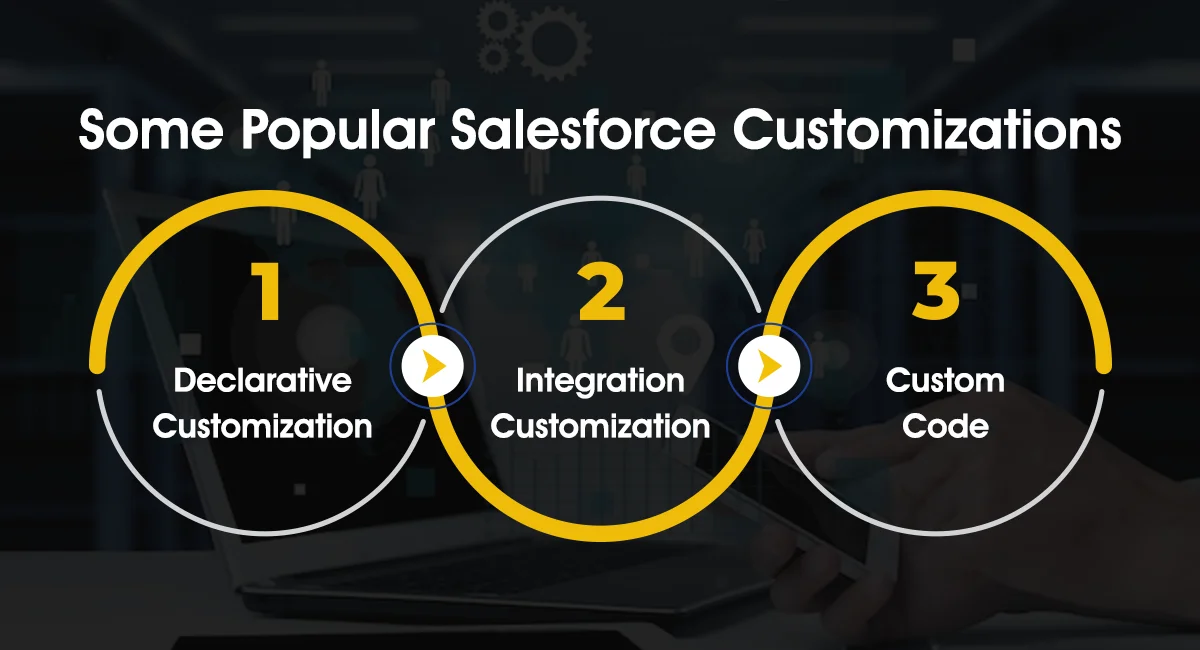Comprehensive Salesforce Customization Steps
Executing a successful SFDC customization requires a structured approach. This detailed plan outlines the 12 essential steps to ensure project success.
- Prepare in Advance
- Organize and prioritize tasks to harmonize system elements.
- Assess if Salesforce customization is necessary for addressing business gaps.
- Engage Users
- Gather insights from end-users to understand specific customization needs.
- Identify system challenges, desired features, and redundant functionalities.
- Consult Salesforce Experts
- Collaborate with Salesforce customization professionals to validate your approach and leverage best practices.
- Gain guidance on tools and methodologies to simplify customization.
- Feature Prioritization
- Evaluate user feedback to prioritize essential features for development.
- Avoid unnecessary features to optimize project timelines and budget.
- Utilize Sandbox Environments
- Employ sandbox environments to test customizations without impacting the live org.
- Choose from Developer, Partial, or Full sandbox types based on testing requirements.
- Standardize CRM Terminology
- Establish clear naming conventions to enhance communication across stakeholders.
- Ensure consistency, conciseness, and structured naming patterns for clarity.
- Regular Testing
- Conduct thorough testing of deployments to identify and address errors.
- Validate code coverage and functionality to maintain system integrity.
- End-User Training
- Provide comprehensive training to users on new features and tools.
- Utilize sandbox environments for risk-free user education and feedback gathering.
- Document Requirements
- Maintain detailed documentation of business goals and customization details.
- Document deployment specifics to aid future developers and administrators.
- Update Customization Details
- Record newly created features and updates in a centralized area.
- Utilize Salesforce messaging features to guide users and communicate changes.
Following this structured customization plan ensures efficient project execution and maximizes the benefits of Salesforce customization for your organization. Each step contributes to the successful implementation and adoption of tailored Salesforce solutions. Salesforce Customization Steps.













